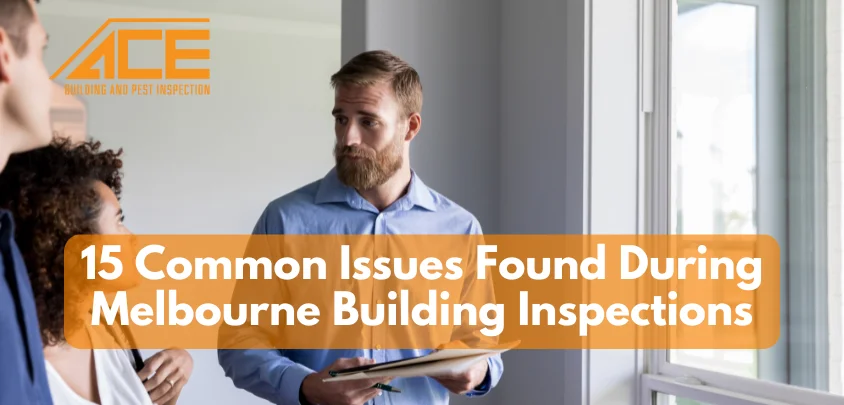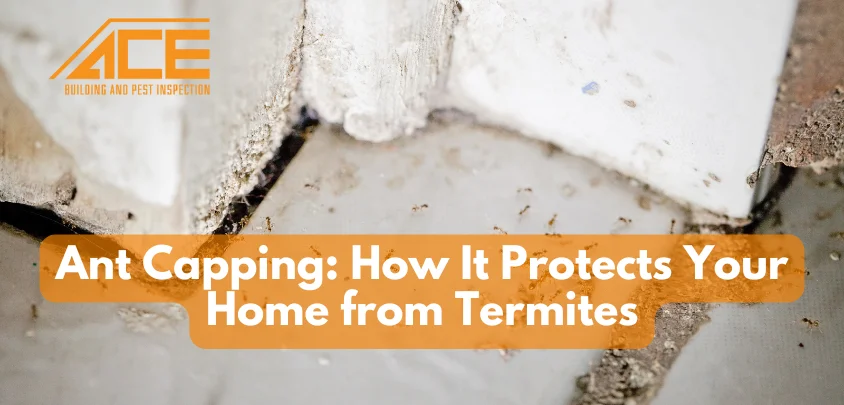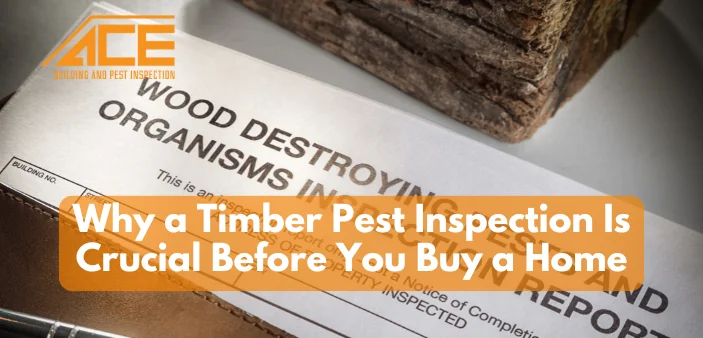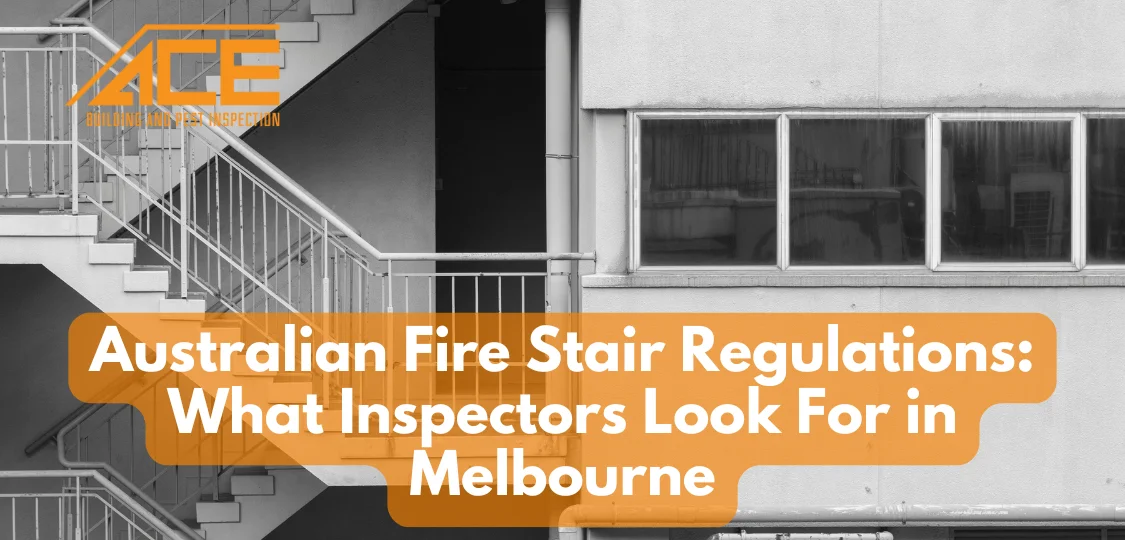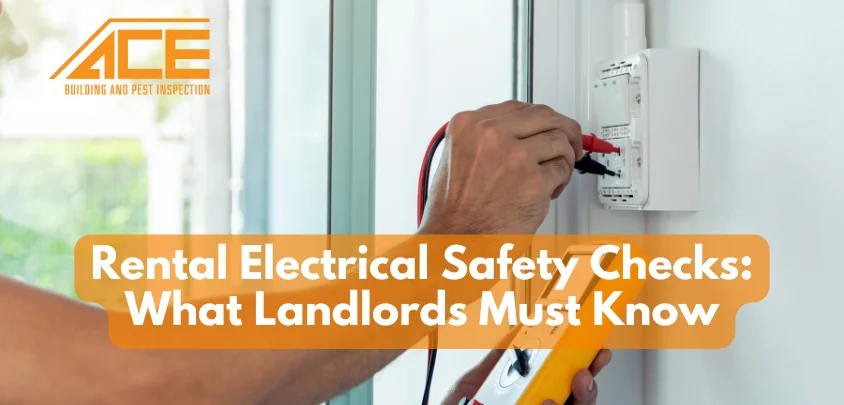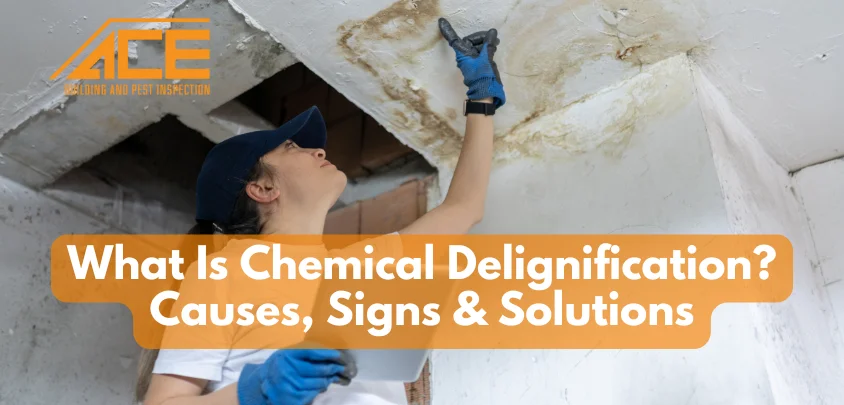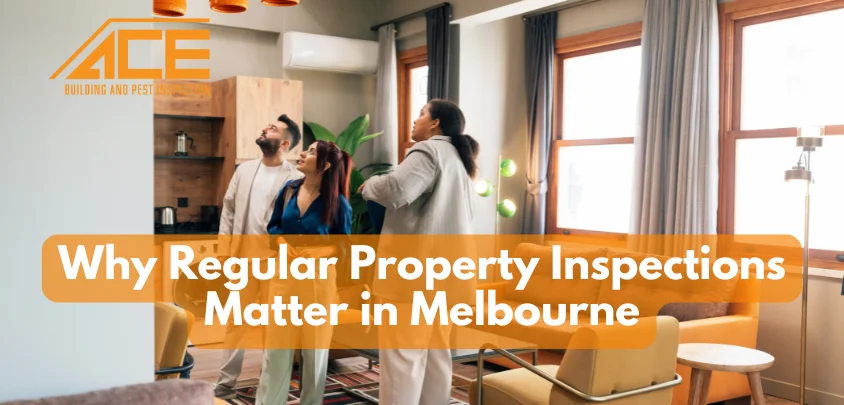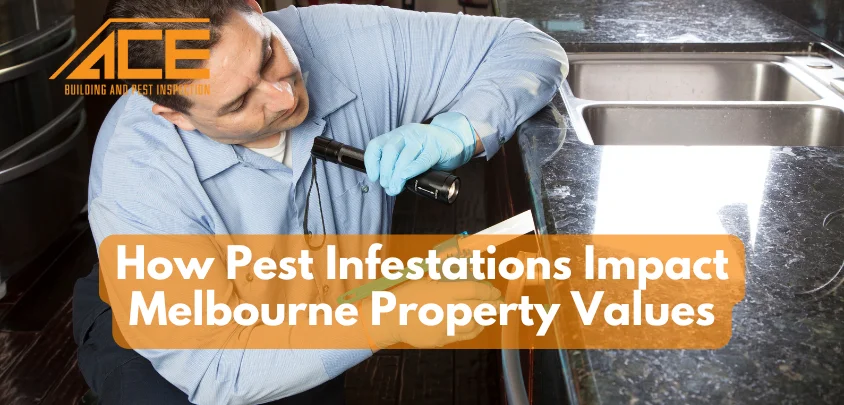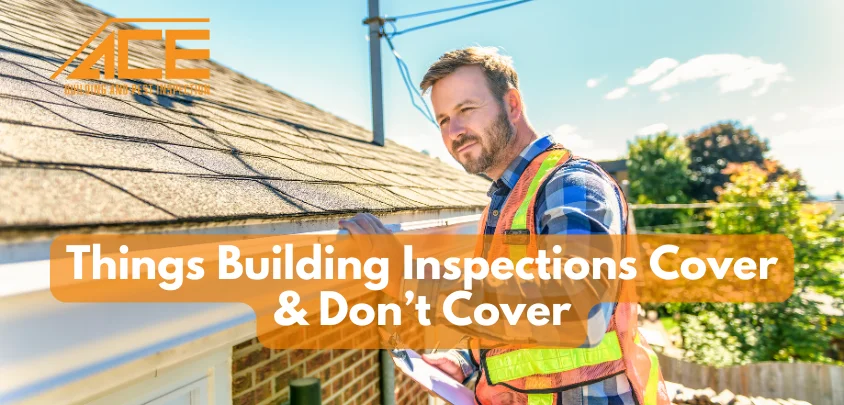Table of Content
When purchasing or selling a property in Melbourne, a building inspection is a crucial process to detect any concerns that might impact the property’s value, safety, or structural integrity. Due to Melbourne’s diverse mix of heritage and modern buildings, along with its varying climate, some issues are more commonly found than others. This article outlines some of the most frequently identified problems during building inspections in Melbourne.
15 Common Issues Found During Melbourne Building Inspections
1. Structural Defects
Issues affecting a building’s structural stability can be severe. These may include fractures in the foundation, slanted floors, or drooping roofs. Causes range from shifting ground conditions and substandard construction to natural wear over time. Since rectifying structural concerns can be costly, early detection is essential. Structural instability can lead to long-term problems, making it vital for buyers to assess any signs of subsidence or movement before purchasing a property.
2. Moisture and Water-Related Damage
Melbourne’s climate often leads to water infiltration issues. Symptoms such as damp patches on walls, mould growth, and peeling paint are red flags. Water penetration through roof leaks, defective plumbing, or rising dampness from the ground can cause extensive deterioration over time. If left untreated, moisture issues can weaken timber framing, encourage mould growth, and create an unhealthy indoor environment.
3. Roofing Concerns
Roof problems often go unnoticed until significant damage occurs. Broken tiles, corroded metal sheets, inadequate drainage, and compromised flashing can all contribute to leaks, which may lead to further internal damage. Regular roof inspections help prevent costly repairs by identifying loose or damaged roofing materials before they allow water ingress.
4. Plumbing Complications
Defective pipes, inadequate drainage, and aging plumbing systems are frequently encountered issues. Water seepage can result in damage and mould growth, while older pipes may impact water pressure and purity. Inspectors typically assess blockages, leaks, and pipe corrosion. A plumbing failure can result in major structural damage, so keeping an eye on slow drainage, discoloured water, or dripping fixtures is essential.
5. Electrical System Hazards
Aging or defective wiring presents a serious safety concern, particularly in older homes. Exposed wires, outdated switchboards, and overloaded electrical circuits increase fire risks. Upgrading to contemporary electrical systems is often necessary to ensure safety. Property owners should ensure that electrical wiring meets current standards and that safety switches are installed and functional.
6. Pest Infestations
Pest infestations can impact in property value by causing extensive damage, particularly in properties with substantial timber components. Termites can weaken critical structural elements, while rodents and other pests may harm electrical wiring and insulation. Regular inspections help in early detection and prevention. Signs of infestations include hollow-sounding wood, mud tunnels along walls, and visible droppings.
7. Inadequate Insulation and Poor Ventilation
Homes with insufficient insulation experience poor energy efficiency, leading to increased utility costs and discomfort. Inadequate ventilation can cause condensation and encourage mould growth. Commonly identified problems include missing or thin roof insulation, poorly sealed windows, and restricted air circulation. Ensuring proper insulation and ventilation helps improve indoor air quality and comfort levels.
8. Subfloor and Foundation Problems
Many older Melbourne properties have timber subfloors susceptible to decay, termite infestation, or insufficient ventilation. Foundation concerns, such as cracking or subsidence, can cause uneven flooring and compromise structural stability. Inspecting crawl spaces and checking for excessive moisture or cracks in foundation walls can help identify potential problems early.
9. Malfunctioning Windows and Doors
Doors and windows that don’t close properly may indicate structural movement or poor craftsmanship. Gaps around these fixtures can lead to drafts, impacting a home’s heating and cooling efficiency. Warped frames, sticking doors, and broken seals should be inspected, as they may indicate deeper issues with the building’s alignment.
10. Non-Compliant Renovations and Extensions
A significant number of Melbourne homes have undergone renovations or extensions, but not all modifications adhere to current building codes. Poorly executed or unauthorised alterations can pose safety hazards and legal complications. Buyers should always check for proper permits and certifications before purchasing a home with extensive modifications.
11. Drainage and Guttering Deficiencies
Blocked or damaged gutters and downpipes can result in water pooling around a property’s foundation, leading to moisture problems and soil erosion. Effective drainage systems are crucial to prevent potential structural damage. Regular cleaning and maintenance of gutters help prevent leaks and overflows that can damage walls and landscaping.
12. Asbestos and Other Hazardous Substances
Properties constructed before the 1980s may contain asbestos in roofing, wall panels, or insulation. Disturbing asbestos can be hazardous, necessitating professional removal. Older homes may also contain lead-based paint and other potentially harmful materials. If purchasing a property built before modern safety regulations, it is advisable to conduct hazardous material testing.
13. Fire and Safety Risks
Ensuring fire safety compliance is a vital aspect of building inspections. Common concerns include a lack of smoke alarms, obsolete wiring, unsafe gas fittings, and flammable materials. It is essential to confirm that properties meet current safety regulations. Installing working fire alarms, fire-resistant materials, and adequate exits can significantly improve safety.
14. Substandard Workmanship and Maintenance Neglect
Some properties suffer from poor construction or low-quality repairs. Issues such as uneven flooring, improperly installed fixtures, and the use of cheap materials can create long-term maintenance challenges. Regular upkeep helps to prevent more extensive damage. When purchasing a home, looking at the quality of finishes, fittings, and materials can provide insights into long-term maintenance needs.
15. Balcony and Deck Stability Issues
Timber decks and balconies require consistent maintenance to remain safe. Problems such as wood rot, rusted fastenings, loose railings, and water damage are frequently found and need to be addressed to avoid safety risks. Owners should periodically check for soft or sagging wood, rusted bolts, and structural movement to ensure stability.
Read More: Things Building Inspections Cover and Don’t Cover
Final Considerations
A thorough building inspection provides buyers and sellers with an accurate assessment of a property’s condition. Identifying these frequent problems early allows for necessary repairs, and better price negotiations, and ensures that investments are both safe and up to standard. Whether you are purchasing, selling, or maintaining a property, addressing these concerns proactively can help prevent costly issues in the future.
If you’re looking for a dependable and comprehensive building inspection in Melbourne, ACE Building and Pest Inspection is here to help. Serving Ringwood, Bayswater, and surrounding areas, we provide detailed reports that cover a range of issues, including structural integrity, pest problems, electrical and plumbing concerns, and more. Whether you’re buying, selling, or investing in property, our expert inspectors ensure you have all the knowledge you need to make informed decisions. Contact ACE Building and Pest Inspection today for a professional and trustworthy inspection.
